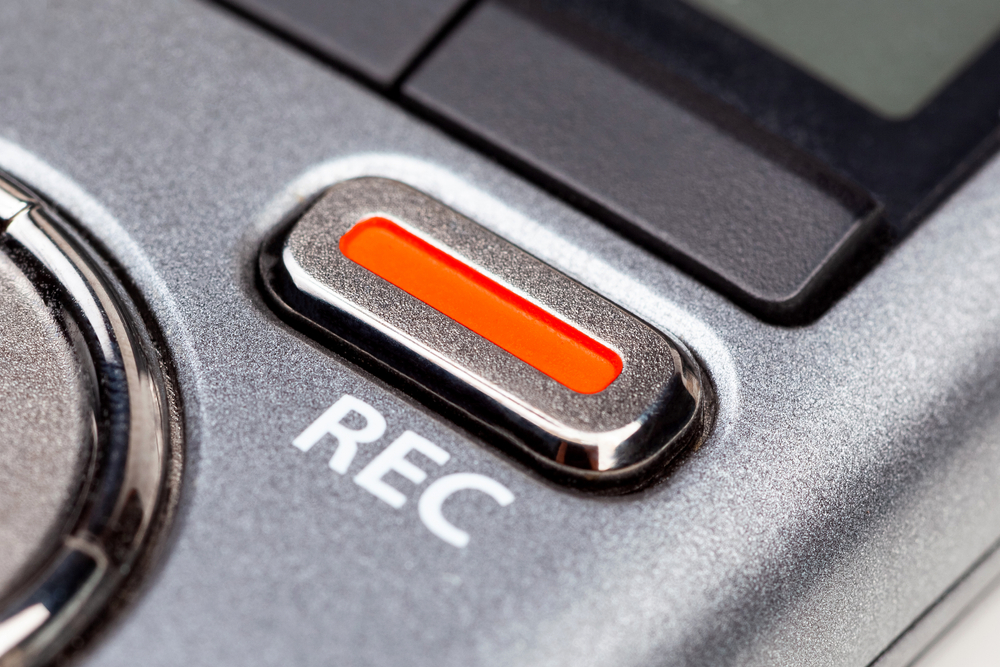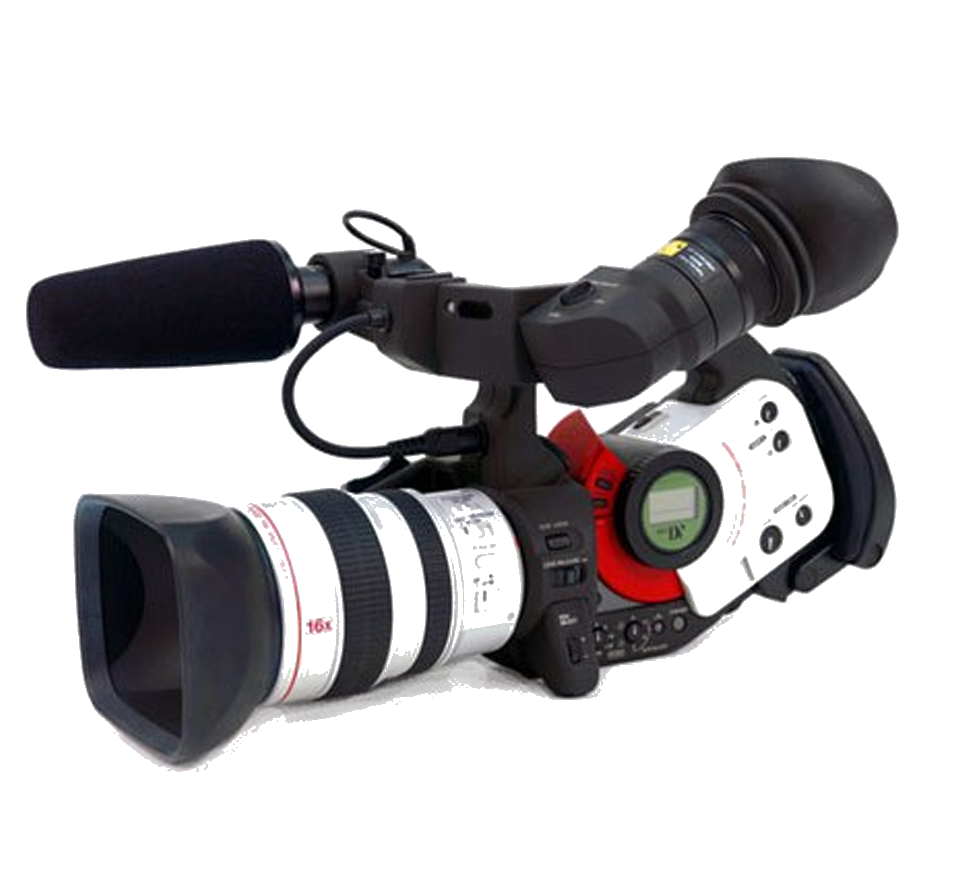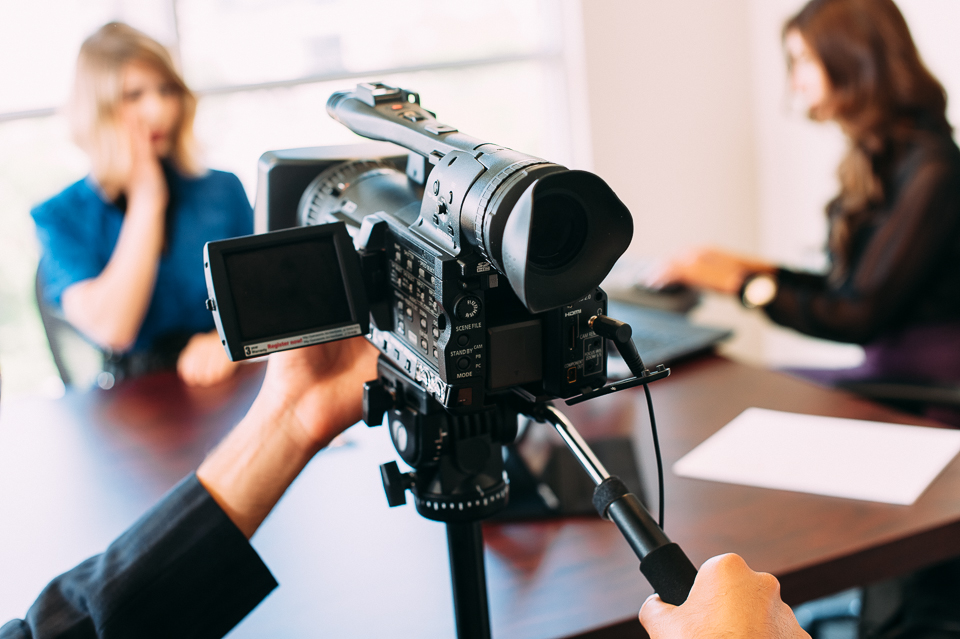Legal Videography: Ensuring Precision and Quality in Legal Testimonies
Legal Videography: Ensuring Precision and Quality in Legal Testimonies
Blog Article
Secret Advantages of Utilizing Videography in Legal Instances
The assimilation of videography in legal situations provides a range of critical advantages that can dramatically affect test end results. As the lawful landscape proceeds to evolve, the ramifications of leveraging videography in test setups merit better evaluation, particularly in recognizing just how these advantages translate right into concrete outcomes in the court.
Enhanced Proof Presentation
Improved evidence presentation with videography has transformed the means legal instances are argued and comprehended in the court. By integrating top notch video clip recordings into legal process, lawyers can communicate complicated info in a much more engaging and understandable manner - Legal Videography. Videography enables the visualization of evidence, making it simpler for juries and courts to grasp the context and relevance of today realities
Along with improving clarity, videography can additionally catch real-time occasions, offering an authentic representation of cases essential to a situation. This immediacy can substantially affect the persuasiveness of a disagreement, as aesthetic evidence often reverberates more highly than written documents. Additionally, video clip evidence can consist of important components such as body language, intonation, and environmental variables, all of which add to a more alternative understanding of the instance.
The usage of videography additionally permits reliable company of evidence, making it possible for lawyers to offer their disagreements in a logical and systematic manner. By tactically including video clip into their discussions, lawyers can help with a more efficient evaluation of the proof, ultimately bring about notified decision-making by the court. The transformative power of videography in lawful contexts is both essential and obvious.
Enhanced Witness Trustworthiness

Video proof can additionally minimize prospective prejudices that might occur from the witness's look or quirks in a real-time setup. By presenting a well-produced video clip, legal groups can ensure that the focus continues to be on the material of the testimony instead than peripheral factors that may weaken trustworthiness. The opportunity to evaluate taped statements can strengthen witness uniformity, as inconsistencies can be attended to prior to trial, leading to more trustworthy testimonies.
Furthermore, the durability of videography offers a secure against memory decay or misconception gradually. By having a clear, verifiable account of witness statements, legal practitioners can construct a more powerful case, reinforcing the general reputation of the witness and, consequently, the integrity of the judicial process.
Engaging Jury Experience
Videography can considerably elevate the jury's involvement throughout lawful proceedings. By incorporating high-quality video clip presentations, legal teams can capture and maintain the interest of jurors, transforming complex info into visually compelling narratives. This engagement is crucial, as jurors frequently have a hard time to take in dense lawful terminology and intricate information provided entirely through conventional ways.
Video proof enables jurors to witness events as they unfolded, providing context that written testimonies might do not have. The use of vibrant visuals can evoke emotional responses, making the case extra memorable and relatable. Monitoring video or reenactments can highlight key minutes, making it possible for jurors to imagine the proof in an engaging manner.
In addition, videography can assist in a much more interactive experience. Jurors can see and listen to witnesses, which adds a layer of credibility and immediacy that written records can not reproduce. This multi-sensory technique fosters deeper comprehension and retention of the offered material.

Effective Instance Storytelling
Videography offers as a powerful device to more info here present this narrative and craft, engaging the jury and boosting their understanding of the case. By visually illustrating the occasions leading to the lawful dispute, videography allows attorneys to show intricate scenarios in a relatable and clear way.
Integrating components such as witness interviews, restorations, and computer animations, videography offers a multi-dimensional point of view that traditional techniques can not attain - Legal Videography. This graph not only help in making clear facts however also aids jurors preserve vital info. The dynamic nature of video can break down barriers of understanding, making elaborate details much more easily accessible.
Inevitably, effective situation narration via videography transforms the courtroom experience, permitting lawyers to offer their debates in a compelling and persuasive fashion. By using the power of visuals, lawful experts can substantially improve their capability to communicate essential stories and accomplish desirable end results for their customers.
Preservation of Testimonies
Preserving testaments is an essential facet of legal process, as the precision and stability of witness statements can substantially impact the end result of an instance. Videography offers as a reliable device hereof, ensuring that testimonies are taped in their original context, thereby lessening the risk of misinterpretation or distortion with time.
By catching non-verbal and spoken hints, videography offers a comprehensive account of witness declarations, which can be indispensable during test procedures. This technique not only documents the material of the testimony but additionally maintains the attitude and psychological responses of witnesses, using courts a richer understanding of the testimony's credibility and relevance.
Moreover, making use of videography promotes a more trusted evaluation of statements throughout pre-trial prep work or post-trial assessments. Lawyers can revisit taped declarations to clear up information, analyze disparities, or establish approaches for cross-examination.
Basically, videography boosts the conservation of testaments, cultivating a clear legal procedure that can lead to even more equitable outcomes. By securing the integrity of witness statements, legal professionals can much better advocate for their clients and maintain the concepts of justice.

Final Thought
In conclusion, the integration of videography in legal cases significantly enhances the discussion of proof, bolsters witness reliability, and mesmerizes juries with engaging visual content. Collectively, these advantages underscore the important role of videography in modern-day lawful methods, eventually contributing to more informed judicial outcomes.
The assimilation of videography in lawful instances offers an array of critical benefits that can substantially affect trial results.Enhanced proof discussion with videography has transformed the method legal cases are said and recognized in the court room.Videography can substantially raise the jury's engagement throughout lawful procedures. By visually depicting the occasions leading to the lawful conflict, videography allows lawyers to show complicated scenarios in a relatable and clear way.In conclusion, the assimilation of videography in legal cases dramatically improves the presentation of proof, reinforces witness reliability, and captivates courts through involving visual her response web content.
Report this page